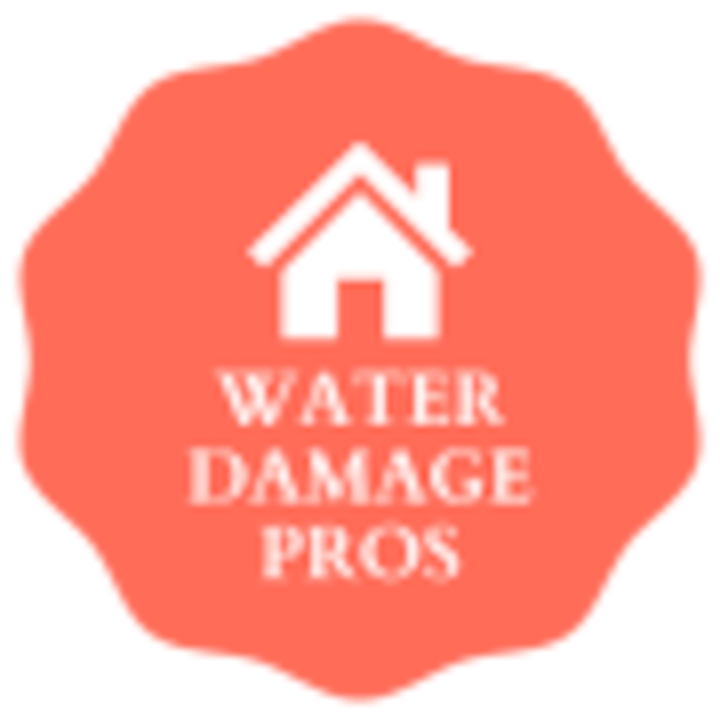Water Damage Restoration and Repair Services for La Jolla Residents
Local residents in La Jolla can easily hire water damage restoration and repair professionals today to efficiently address any water-related issues. These experts possess the necessary skills and equipment to tackle water damage effectively, ensuring that homes and businesses are restored to their pre-damaged condition promptly.What Is Water Damage Restoration?
Water damage restoration refers to the process of restoring a property back to its pre-damaged condition after suffering from water intrusion. This typically involves water extraction, drying, dehumidification, cleaning, and sanitizing. Professionals in this field use specialized equipment and techniques to mitigate the damage and prevent further issues like mold growth.Water Damage Restoration Process
The restoration process for water damage involves a series of systematic steps designed to mitigate and repair the effects of water intrusion in a property.- Assessment: Evaluate the extent of water damage.
- Water Extraction: Remove standing water using pumps and vacuums.
- Drying and Dehumidification: Dry affected areas to prevent mold growth.
- Restoration: Repair and restore damaged structures and belongings.
Common Water Damage Repair Services
Water damage repair services commonly include:- Structural repairs
- Drywall repair
- Ceiling repair
- Floor repair
- HVAC repair
Structural Repairs
When addressing structural repairs after water damage, a thorough assessment is crucial to determine the extent of the damage and necessary steps for restoration. Professionals use specialized equipment to detect moisture levels within walls, ceilings, and floors. Structural repairs may involve reinforcement, replacement of damaged materials, and ensuring the integrity of the building’s foundation. Timely intervention is key to preventing further structural deterioration.Drywall Repair
Addressing drywall repair is a common part of water damage restoration services, requiring meticulous assessment and precise restoration techniques. Water-damaged drywall can lead to mold growth and compromise the structural integrity of the building. Skilled technicians will assess the extent of the damage, remove affected areas, and seamlessly repair the drywall to restore the aesthetics and safety of the property.Ceiling Repair
Efficiently assessing the extent of damage is crucial in the process of ceiling repair as part of common water damage restoration services. Professionals will inspect for water stains, sagging areas, and potential mold growth. Repair techniques may include patching up holes, replacing damaged ceiling panels, and repainting to restore the ceiling to its pre-damaged state. Timely intervention can prevent further structural issues and maintain the aesthetic appeal of the space.Floor Repair
Inspecting for signs of water damage, professionals evaluate the extent of floor damage during the water damage restoration process. Depending on the severity, they may need to repair or replace affected flooring materials to prevent further issues like mold growth. Swift action is crucial to mitigate damage and restore the floor to its pre-water damage condition, ensuring a safe and habitable environment for La Jolla residents.HVAC Repair
To effectively restore HVAC systems damaged by water, professionals prioritize swift action to prevent further issues and ensure optimal indoor air quality. This process involves inspecting the HVAC unit for water damage, cleaning or replacing components as necessary, and testing the system to guarantee it functions efficiently. Prompt HVAC repair post-water damage is crucial to maintaining a comfortable and healthy indoor environment for La Jolla residents.Cons of DIY Water Damage Repair and Restoration
When it comes to DIY water damage repair and restoration, there are several drawbacks to consider. It’s important to be aware of the challenges that may arise when attempting to tackle water damage on your own. Here are some key reasons why seeking professional help is often the better choice:- Lack of Expertise
- Inadequate Equipment
- Risk of Mold Growth
- Potential for Further Damage
Connect with a Local Water Damage Repair and Restoration Expert Now
Connecting with a local water damage repair and restoration expert is crucial to avoid the pitfalls of DIY attempts. DIY efforts can often lead to incomplete repairs, hidden moisture pockets, and mold growth. Professionals have the necessary equipment, expertise, and training to handle water damage effectively. By seeking their help, La Jolla residents can ensure a thorough restoration process and minimize the risk of further damage to their homes.Get in Touch With Us
We want to hear from you about your Water Damage needs. No Water Damage problem in La Jolla is too big or too small for our experienced team! Call us or fill out our form today!
